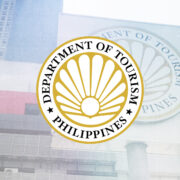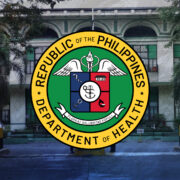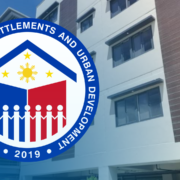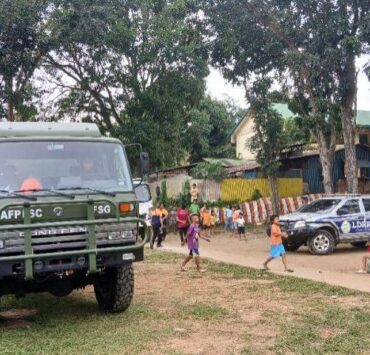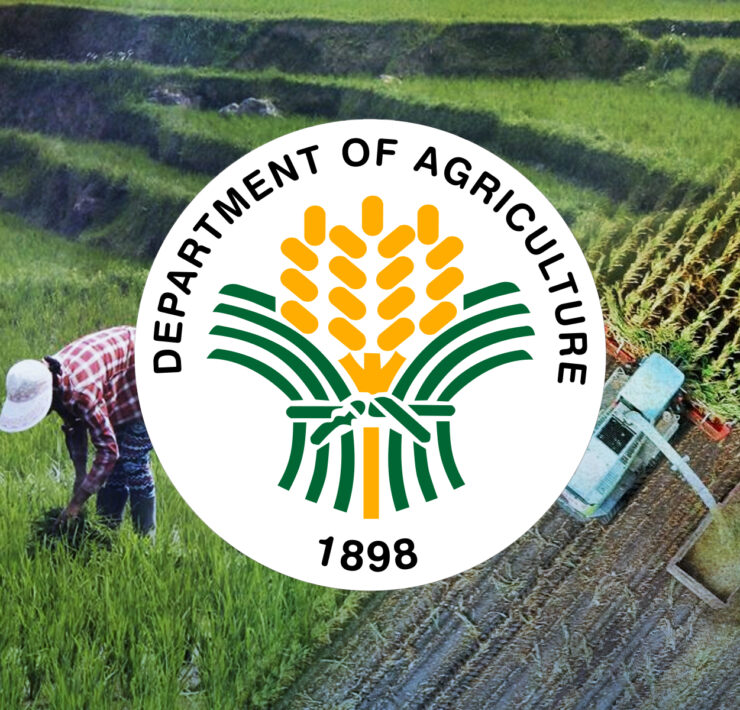PhilRice develops yogurt product infused with rice bran
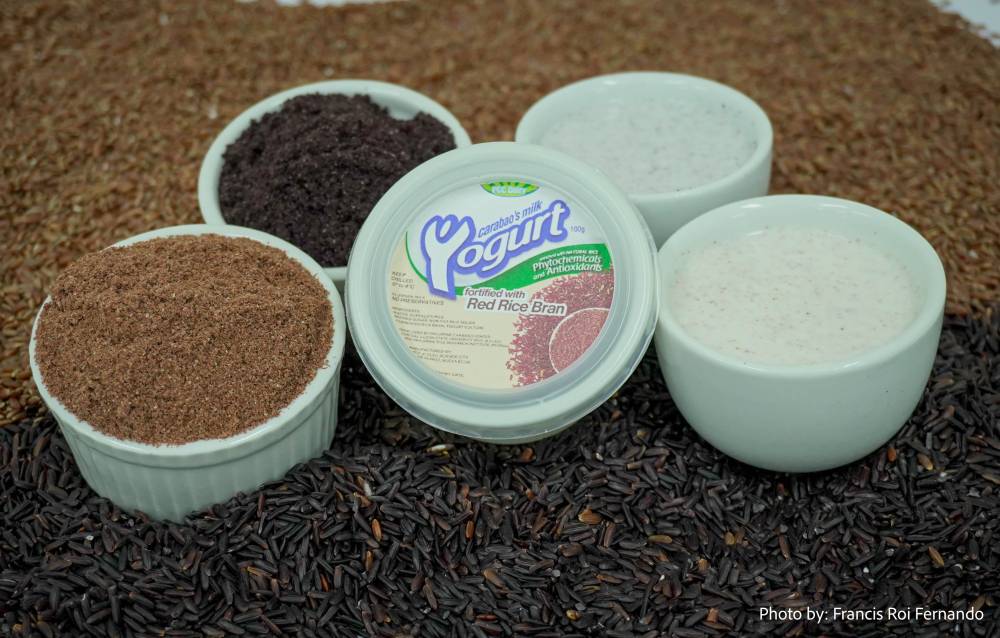
One may be familiar with black rice, brown rice, glutinous rice or red rice. But how about rice infused into yogurt?
The Philippine Rice Research Institute (PhilRice), a state-owned corporation under the Department of Agriculture (DA), says a new yogurt product has been developed to offer a healthier option for Filipino consumers who can’t do without rice in their daily meals.
According to PhilRice, its food technologists have infused yogurt with nutrient-rich rice bran to enhance its health benefits. The improved yogurt incorporates stabilized rice bran, the outer layer of red and black rice removed during milling, which is known for its high dietary fiber, vitamins, mineral content and phytochemicals.
“These nutrients may offer various health benefits, including antioxidant activity and anti-inflammatory, anticancer, anti-obesity and antidiabetic properties, making the yogurt an even healthier alternative to conventional dairy-based probiotics,” PhilRice says in a statement.
According to initial studies, PhilRice says cofermenting yogurt with stabilized rice bran significantly boosts antioxidant activity.
The dietary fiber in rice bran also promotes digestive health, helps manage blood sugar levels, lowers cholesterol levels and supports a healthy gut microbiome.
“Yogurt is already a good source of vitamins, protein and beneficial microorganisms; we’re making it even better by using buffalo milk in partnership with the Philippine Carabao Center and Central Luzon State University and enriching it with pigmented rice bran,” says Henry Corpuz, who leads the team that developed this product.
Curbing undernutrition
Aside from rice bran-infused yogurt, PhilRice has also launched various food products made from brown rice, low-glycemic-index rice and germinated brown rice as part of wider efforts to address undernutrition across the country.
Its Rice Chemistry and Food Science Division is creating rice-based ready-to-eat rice products that are enriched with high-value crops to address postharvest losses caused by oversupply. These products can be distributed during natural calamities such as typhoons.
Corpuz says such efforts are aligned with the government’s efforts to address the triple burden of malnutrition: undernutrition (wasting and stunting), micronutrient deficiency (lack of essential vitamins and minerals) and overnutrition (excessive food intake leading to obesity).
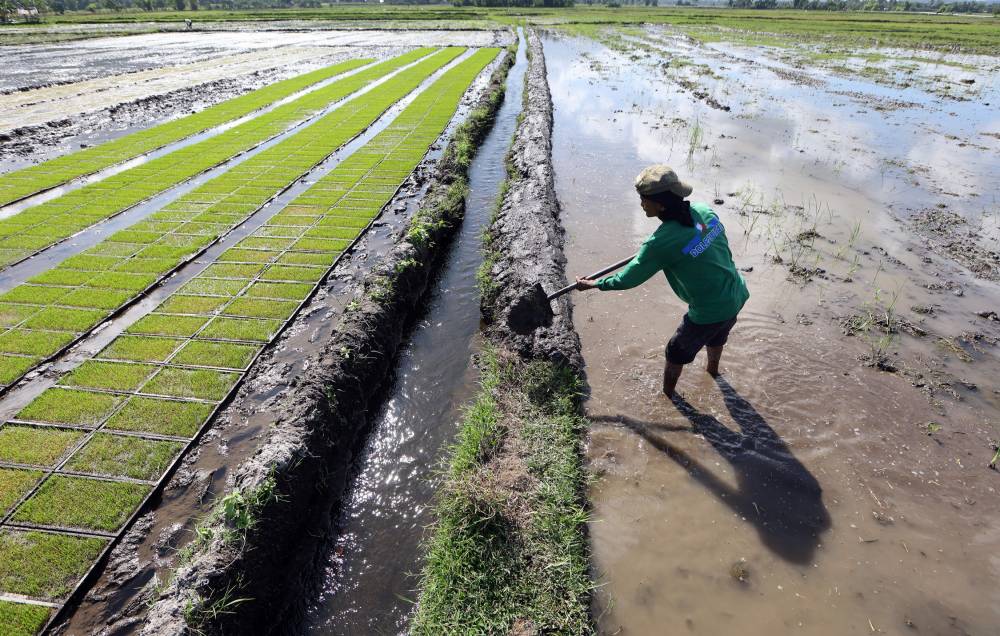
According to a report from the World Bank, one in three children younger than five suffered from stunting, being small in size for their age.
“For nearly 30 years, there have been almost no improvements in the prevalence of undernutrition in the Philippines,” the international financial institution says.
“The country is ranked fifth among countries in the East Asia and Pacific region with the highest prevalence of stunting and is among the 10 countries in the world with the highest number of stunted children,” it says.
Apart from food innovations, PhilRice is turning to research-for-development initiatives to introduce rice varieties that will enhance the productivity and resilience of the country’s agricultural systems while tackling challenges posed by climate change, food security and public health.
Among the breakthroughs is the development of rice varieties that can thrive under multiple extreme conditions.
For instance, the NSIC Rc 572 variety yields 2.8 to 4.5 tons per hectare (t/ha) in rainfed conditions and performs well in drought-prone and saline areas.
The NSIC Rc 732 variety is tolerant of drought, salinity and submergence, with yields ranging from 4.4 to 6.9 t/ha in saline environments.
Meanwhile, other varieties such as NSIC Rc 686 and Rc 740 combine drought, submergence and salinity tolerance, with yields reaching up to 6.1 t/ha in irrigated conditions.
Low-glycemic varieties
PhilRice has also unveiled low-glycemic rice varieties, including NSIC Rc 472, PSB Rc 10 and Rc 514, to help individuals manage diabetes, the fourth leading cause of death in the country.
“These varieties, which endure multiple extreme conditions, are game-changers for our farmers. They ensure that even with climate unpredictability, our farms remain resilient and productive,” says Eduardo Jimmy Quilang, PhilRice deputy executive director for research.
On the technology front, PhilRice has introduced a multipurpose seeder designed to reduce seeding rates to just 60 kilograms per hectare, less than half the traditional seeding rate.
The Philippine Rice Information System, the first satellite-based rice monitoring system in Southeast Asia, provides near real-time data, improving disaster response and farm resource planning.
Meanwhile, the Palayamanan integrated farming system incorporates various practices, such as rice-duck-vegetable farming and biomass recovery, to help farmers cope with environmental and market fluctuations.
“The DA’s efforts are also gaining international recognition with PhilRice research publications cited in 53 countries as of 2022,” PhilRice says.







